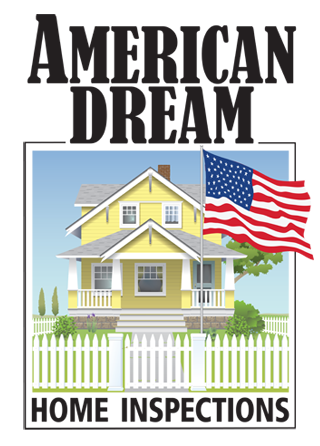When temperatures drop and winter weather arrives, preparing your property becomes more than a seasonal task; it becomes a vital form of protection. Learning how to winterize your home helps safeguard your comfort, your energy bills, and your investment. With a few strategic steps, you will make your home more efficient, resilient, and ready for whatever the cold season brings. From insulating your pipes to boosting indoor comfort, winter preparation isn’t complicated when you know where to start.
Why You Should Winterize Your Home Early
Getting ahead of winter weather brings peace of mind long before the first frost arrives. When you winterize your home early, you give yourself time to identify issues that may go unnoticed during warmer months. Drafty windows, worn roof shingles, aging weatherstripping, and under-insulated attics become more apparent when you take a closer look before the cold sets in. Addressing these areas now prevents heat loss and reduces your reliance on your heating system, saving money and improving comfort all season long. Winter preparation safeguards your home against potential damage resulting from freezing temperatures, particularly around plumbing and exterior systems.
Strengthening Insulation and Heating Efficiency
One of the most impactful ways to winterize your home is by evaluating your insulation. Heat tends to escape through your attic and walls, forcing your heating system to work harder than necessary. Inspecting the attic for bare spots or thin insulation will reveal areas that need reinforcement. Improving attic insulation significantly reduces heat loss and keeps your home feeling consistently warm. Heating systems also require attention during winter preparation. Scheduling a tune-up ensures your furnace or heat pump runs smoothly, efficiently, and safely. A clean filter and well-maintained components support strong airflow, keeping your home warm without added strain. Taking these steps to winterize your home guarantees your heating system will support you throughout the season without unexpected failures.
Protect Your Plumbing as You Winterize Your Home
Frozen pipes are one of winter’s most costly and stressful home issues. Protecting your plumbing is a key step as you winterize your home. Pipes located in unheated areas such as garages, basements, crawl spaces, and exterior walls are vulnerable to freezing. Wrapping them with insulation sleeves helps shield them from cold air. On extremely cold nights, letting faucets drip slightly will reduce pressure in the pipes and prevent freezing. Outdoor plumbing deserves attention too. Disconnecting garden hoses, shutting off outdoor water valves, and draining spigots ensures no leftover water remains to freeze or expand. By taking these precautions, you significantly reduce the risk of burst pipes and water damage.
Stopping Drafts for a Warmer, Cozier Home
Drafts around windows and doors make your home feel colder and force your heating system to run more often. Sealing these air gaps is one of the quickest and most affordable ways to winterize your home. Weatherstripping and caulk refresh worn seals, blocking cold air from entering the house. Window film is another simple upgrade that creates a protective layer to keep warm air inside. Not only does this step make your home more comfortable, but it also reduces heating costs throughout the season. Even minor improvements, such as using heavier curtains, could help stabilize indoor temperatures.
Outdoor Preparation Steps to Winterize Your Home
To fully winterize your home, make sure the exterior is prepared for freezing temperatures, snow, and wind. Roofs should be inspected for missing shingles or weak spots that could allow moisture to seep in once snow begins to accumulate. Clean gutters help prevent ice dams, which could cause significant roof damage and interior leaks. Trimming branches near your home protects your roof, windows, and siding from falling limbs weighed down by heavy snow or ice. Outdoor equipment, such as lawn tools, hoses, and patio furniture, should be cleaned and stored to avoid winter damage. Taking care of exterior tasks now helps prevent costly repairs when the weather turns harsh.
By taking time to winterize your home now, you’ll enjoy a warmer, safer, and more efficient living environment throughout the winter season.
Frequently Asked Questions (FAQs)
How can I tell if my home needs better insulation?
If certain rooms feel colder, your heating system runs constantly, or your energy bills increase significantly in winter, you may need additional insulation.
Do all homes need winterization?
Yes. Even homes in milder climates benefit from sealing drafts, improving energy efficiency, and protecting plumbing.
Is winterizing expensive?
Many winterization steps, such as sealing drafts or insulating pipes, are low-cost. Larger upgrades, such as attic insulation or furnace maintenance, vary in cost but pay off through reduced energy usage and improved comfort.
American Dream Home Inspections provides inspections to homebuyers and sellers in Northern and Central New Jersey. Contact us to request our services.

